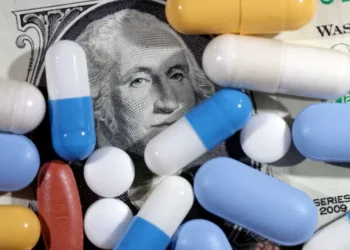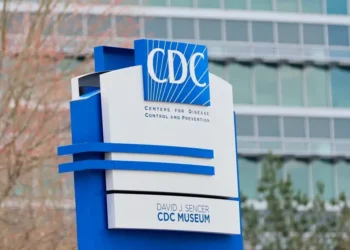Magnesium-rich foods and supplements are top of mind for everyone (and their algorithms) lately—and for good reason. As Samantha Dieras, DCN, RD, director of ambulatory nutrition services at Mount Sinai Hospital, explains, this mineral plays a vital role in over 300 biochemical reactions in our bodies, such as protein synthesis, muscle and nerve function, blood pressure regulation, energy production, inflammation management, metabolism, and bone development. In other words, magnesium is pretty essential for our overall health.
The easiest way to make sure you’re getting enough of this important mineral is through the foods you eat. Below are the 10 magnesium-rich foods that the experts recommend you consider incorporating into your daily diet if you haven’t already. Be sure to bring this list with you on your next grocery trip.
Dark Chocolate
Rich in magnesium, dark chocolate comes with loads of health benefits. Dieras explains that it reduces the risk of cardiovascular disease, may lower blood pressure, and improves brain function and mood. Because dark chocolate also contains iron, zinc, copper, and phosphorus along with magnesium, it may also help with weight management.
Avocados
Another food that has many health benefits, Dieras says that avocados may help with high cholesterol and blood pressure, and maintain gastrointestinal, brain, and bone health. It also contains fat, fiber, and vitamins, so she says it is also great at managing weight and blood sugar levels.
Nuts
Nuts are similar to other magnesium-rich foods in that it plays a role in heart health, blood sugar regulation, weight control, and eye health. Dieras says that it contains magnesium, antioxidants, fiber, and protein. Depending on how nuts are prepared, they can also have anti-inflammatory properties.
Legumes
Legumes, which include chickpeas, edamame, and black beans, are packed with magnesium, fiber, B vitamins, iron, copper, zinc, and phosphorus. Dieras says they can help with healthy digestion, boost heart health, and, thanks to its antioxidants, they can contribute to a reduction in cell damage.
Almonds
Angie Asche, MS, RD at Centr, says that one serving of almonds can fulfill about 20 percent of your daily magnesium intake while also providing you with vitamin E and protein.
Leafy Greens
If you’re already eating spinach, kale, collard greens, and other green leafy vegetables regularly, you’re on the right track for maintaining your magnesium levels. Studies show that daily intake of leafy greens provide you with nutrients such as fiber and can potentially help maintain blood sugar levels.
Seeds
Asche calls seeds “nutritional powerhouses.” If you consider mixing flax and/or chia seeds, she says they are also good sources of omega-3 fatty acids. Chia seeds also contain antioxidant properties and can have positive effects on cardiovascular disease. Hemp seeds provide protein while Diera says that pumpkin seeds are known to be very high in magnesium.
Whole Grains
Along with magnesium, whole grains also provide fiber, iron, and other vitamins and minerals. Dieras says that they can help lower risk of heart disease, stroke, type 2 diabetes, and some cancers and play a role in weight management.
Bananas
Bananas serve as a great source of magnesium, but they are also rich in potassium, which studies have shown have the potential to lower blood pressure and risk of heart disease.
Salmon
Salmon has always been one of the healthiest fish options and is a great source of magnesium (30 milligrams in a single 100-gram piece, to be exact). The health benefits are many. You’ll find that salmon can be helpful in decreasing inflammation and lowering high blood pressure.
The Downsides
According to Asche, there aren’t any real negative side effects to consuming magnesium-rich foods (unless you’re allergic to them, of course). The only potential downside to magnesium intake would come from a magnesium dietary supplement. She explains that certain supplemental forms have a laxative effect, which can cause diarrhea and other digestive issues. And because supplements aren’t regulated, there’s a chance you might take something that isn’t labeled correctly or has added ingredients that might be harmful.
Source
This article was rewritten by JournosNews.com based on verified reporting from trusted sources. The content has been independently reviewed, fact-checked, and edited for accuracy, neutrality, tone, and global readability in accordance with Google News and AdSense standards.
All opinions, quotes, or statements from contributors, experts, or sourced organizations do not necessarily reflect the views of JournosNews.com. JournosNews.com maintains full editorial independence from any external funders, sponsors, or organizations.
Stay informed with JournosNews.com — your trusted source for verified global reporting and in-depth analysis. Follow us on Google News, BlueSky, and X for real-time updates.














